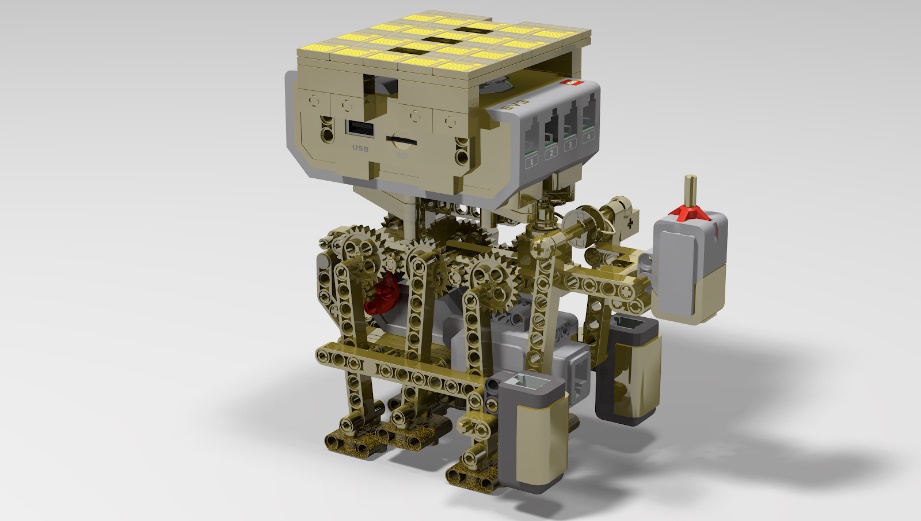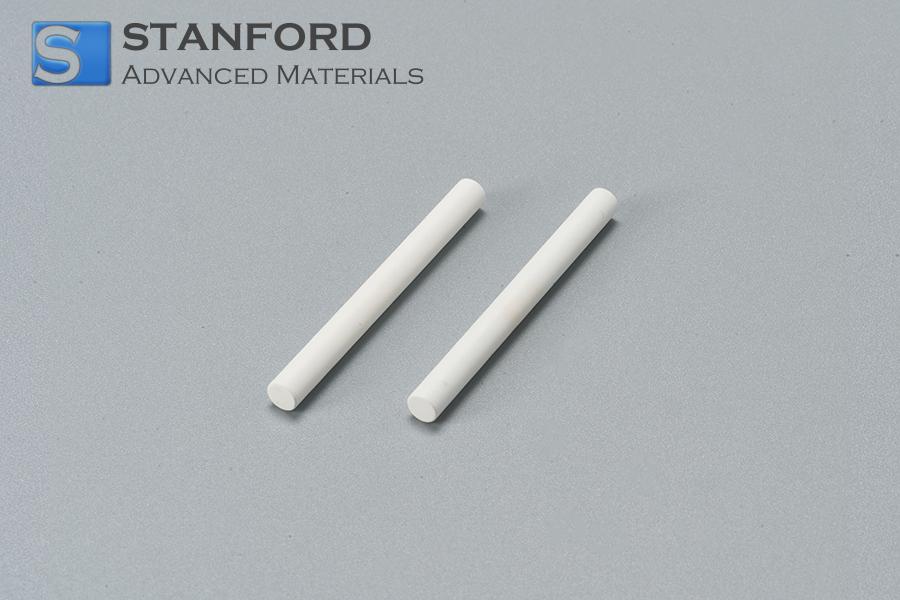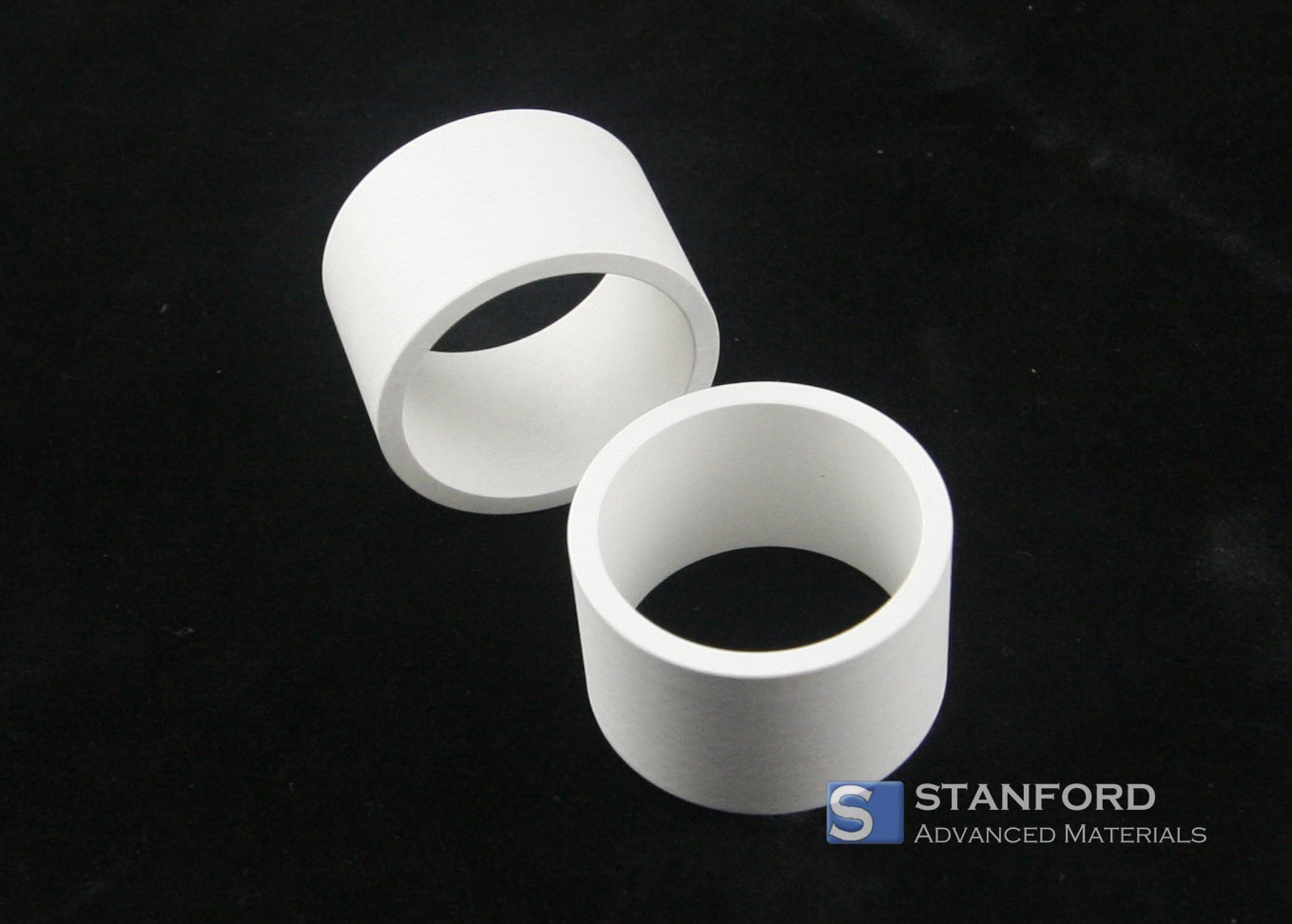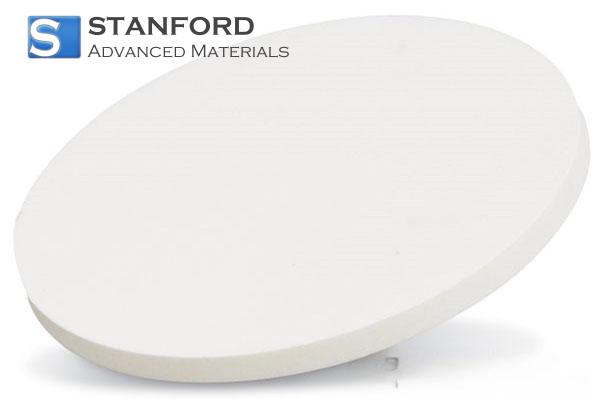Previous Projects - Prototype Moveable Robot
This article explains a project from my ENED (Engineering Education) course. A team of engineering students designed a prototype movable robot (PMR). The PMR is required to load a specific material, determine its weight and deliver it to a designated disposal station within a facility. We submitted a paper prototype for the class. Physical construction was not feasible given the COVID‐19 pandemic. Consequently, the team investigated the properties of the selected materials and their effects on the final design.
During our technical coursework, we were instructed to use rendering software called BrickLinks. BrickLinks allows constructions with LEGO bricks to be visualised as images. The prototype, if built, would consist of LEGO bricks. All LEGO bricks and parts are manufactured from Acrylonitrile Butadiene Styrene (ABS).1. The robot must be lightweight so that a motor on its back operates efficiently and strong enough to support material containers for weight determination. Additionally, the PMR legs must negotiate obstacles and rubber tyres were not permitted. Consequently, our team selected a LEGO rubber component without a central axle. LEGO utilises a rubber product that has a chemical composition equivalent to that used in commercial tyres.2. It consists of Butadiene Rubber, Styrene Rubber and Natural Rubber.3. We manufactured the PMR feet from rubber to improve stability on uneven surfaces and difficult terrain. Moreover, the feet are mounted on rotatable bearings, enabling them to move forwards and backwards, thereby maintaining a secure stance under adverse conditions.
To explain the design: the PMR follows a painted line on the warehouse floor. Two light sensors detect when a turn is required. This navigation method was mandated rather than selected by our team. The robot’s control unit is housed within a LEGO console mounted on its back and serves as the motor for the six legs. A pulley system at the front lifts the material containers. The design is based on an analysis of arachnid locomotion and leg mechanics, in accordance with the course guidelines.

Above is the final rendering of the robot produced with BrickLinks software. The robot is constructed from a material that supports both the servo and motor at its top and the two light sensors at its front lower portion. The material must also be flexible enough to support the front pulley system. This system can move fully in vertical and horizontal directions to load material containers, measure their weight and transport them to the target. Standard LEGO plastic satisfies these technical requirements, allowing construction without specialised components or 3D‐printed parts, except for the feet. The plastic is appropriate for the chassis and pulley disc but is inherently rigid and lacks elasticity. Therefore, LEGO plastic is inadequate for the feet on uneven or difficult terrain. Consequently, the team employed an advanced material that offers increased flexibility. The chosen component for the robot legs was produced in LEGO tyre rubber with reduced dimensions. This part requires custom manufacturing, is relatively small and only six units are needed. The foot components are attached to an axle that rotates nearly 90°; thereby the robot can adjust its stance when encountering uneven surfaces or obstacles.
The advanced materials used in this project were a mixture of synthetic and natural rubber combined with ABS plastic. The plastic contributed to the rigidity of the robot body while providing flexibility for the lifting system. The rubber was employed to enhance traction and provide the capability to traverse challenging terrain effectively.
Bibliography:
- Pickering, David (1999). Das ultimative LEGO Buch. New York: Dorling Kindersley. ISBN 0-7894-4691-X.
- Threewitt, C. (11/09/2020). Sie werden nie erraten, welches Unternehmen die meisten Reifen der Welt herstellt. https://entertainment.howstuffworks.com/lego-tires.htm.
- S. Tire Manufacturers Association. (2020). Was in einem Reifen steckt. What's In a Tire | USTMA. https://www.ustires.org/whats-tire-0#:~:text=Die%20zwei%20wichtigsten%20synthetischen%20Gummis,in%20Kombination%20mit%20natürlichem%20Gummi.
Note: This article is a submission for the Stanford Advanced Materials College Scholarship 2021.
Juan Ignacio Alvarado
Stanford Advanced Materials Scholarship
University of Cincinnati

 Bars
Bars
 Beads & Spheres
Beads & Spheres
 Bolts & Nuts
Bolts & Nuts
 Crucibles
Crucibles
 Discs
Discs
 Fibers & Fabrics
Fibers & Fabrics
 Films
Films
 Flake
Flake
 Foams
Foams
 Foil
Foil
 Granules
Granules
 Honeycombs
Honeycombs
 Ink
Ink
 Laminate
Laminate
 Lumps
Lumps
 Meshes
Meshes
 Metallised Film
Metallised Film
 Plate
Plate
 Powders
Powders
 Rod
Rod
 Sheets
Sheets
 Single Crystals
Single Crystals
 Sputtering Target
Sputtering Target
 Tubes
Tubes
 Washer
Washer
 Wires
Wires
 Converters & Calculators
Converters & Calculators





 Chin Trento
Chin Trento


